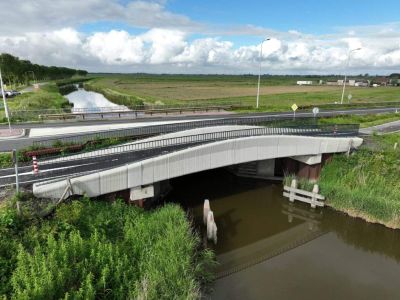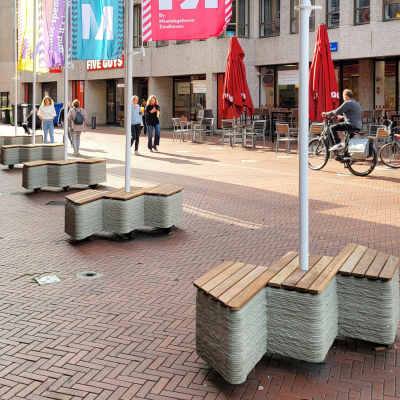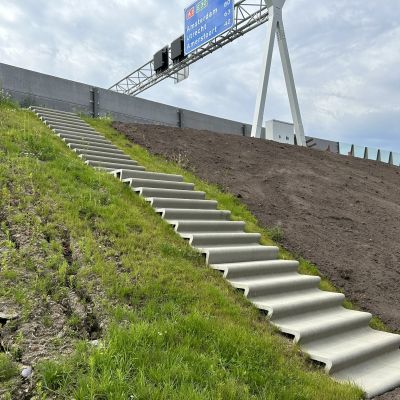Customer experiences
Testimonials
Project Redesign N243:
Three 3D printed concrete bicycle bridges in North Holland
We have to build more sustainable. Collaboration is essential here. When we look back in ten years’ time, we will see that these types of creative and innovative solutions and partnerships have been the starting point for sustainable construction.
Henk Post
Civil Director,
BAM Infra
Project Milestone:
3D printed house
The freedom of form that 3D printing creates in concrete creates an enormous new space of possibilities for designing and experiencing a home. At the same time, this new technique contributes to the necessary sustainability of the construction sector, acceleration of construction production and control of construction costs, essential to continue building affordable homes.
Pieter Knauff
Chief Investment Officer,
Vesteda
Project The Perfect Wave:
3D printed skate track
Why not build the “perfect wave skate obstacle” in Eindhoven that every (skate)boarder wants to ride? The 3D concrete printing (3DCP) technology allows for more form freedom in design. Even natural shapes like waves can be reproduced.
Ulrike Jurklies
Owner and designer,
Studio mo man tai
Project Driebergen-Zeist:
Traditional formwork replaced by 3D concrete printing
Such an element is almost impossible to do with formwork. So, here again, the 3D printer offered a solution. The cost of the printed lost formwork was equal to that of the budgeted traditional formwork. However, the great advantage was the significant savings in labor and lead time.
Stefan Bloemberg
Supervisor,
BAM Infra
Project skatepark:
Skate elements for a skatepark in Ängelholm, Sweden
It became clear to me that 3D printing offers more possibilities for sustainable and multifunctional designs. The flexibility in design is much greater. For example, you can easily produce thirty skate beams, each with slight variations. This would be prohibitively expensive with traditionally cast concrete. The production time is also short: you print for an hour, let the objects cure for two hours, and they are ready for use three days later.
Rich Holland
**Architectural designer**,
F31


Project Buitenklas:
Zitelementen voor basisschool De Expeditie in Arnhem
At the ends of the seating elements, the children can see the print work from the inside. In this way, we also want to introduce the children to innovations in technology. Because they are lightweight elements, an expensive foundation is not necessary. In addition, I would have needed eight different molds to pour everything traditionally. Therefore, the total cost is lower than seating elements made of traditional concrete.
Donny Thieme
**Landscape designer**,
Bureau RIS








